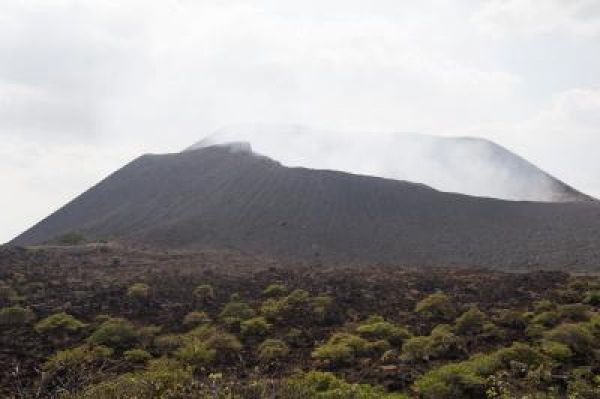Some volcanoes take their time—experiencing protracted, years-long periods of unrest before eventually erupting. This makes it difficult to forecast when they pose a danger to their surrounding areas, but Carnegie’s Diana Roman and Penn State’s Peter LaFemina are trying to change that.
“Dormancy, brief unrest, eruption—this is a familiar pattern for many volcanoes, and for many parents,” joked Roman. “But for some volcanoes the unrest is anything but brief—potentially lasting for decades.’”
It turns out that these so-called “persistently restless volcanoes” experience three different states of unrest, some of which are more likely to result in explosive eruptions than others, according to Roman and LaFemina’s 10-year research project on the Telica Volcano in Nicaragua. Their latest results are published by Geochemistry, Geophysics, Geosystems.
“Persistently restless volcanoes remain right on the cusp of being about to erupt, periodically tipping into outright eruption,” explained lead author Roman.
Read more at: Carnegie Institution for Science
This is the Telica Volcano in Nicaragua. (Photo Credit: Carnegie Institution for Science)


